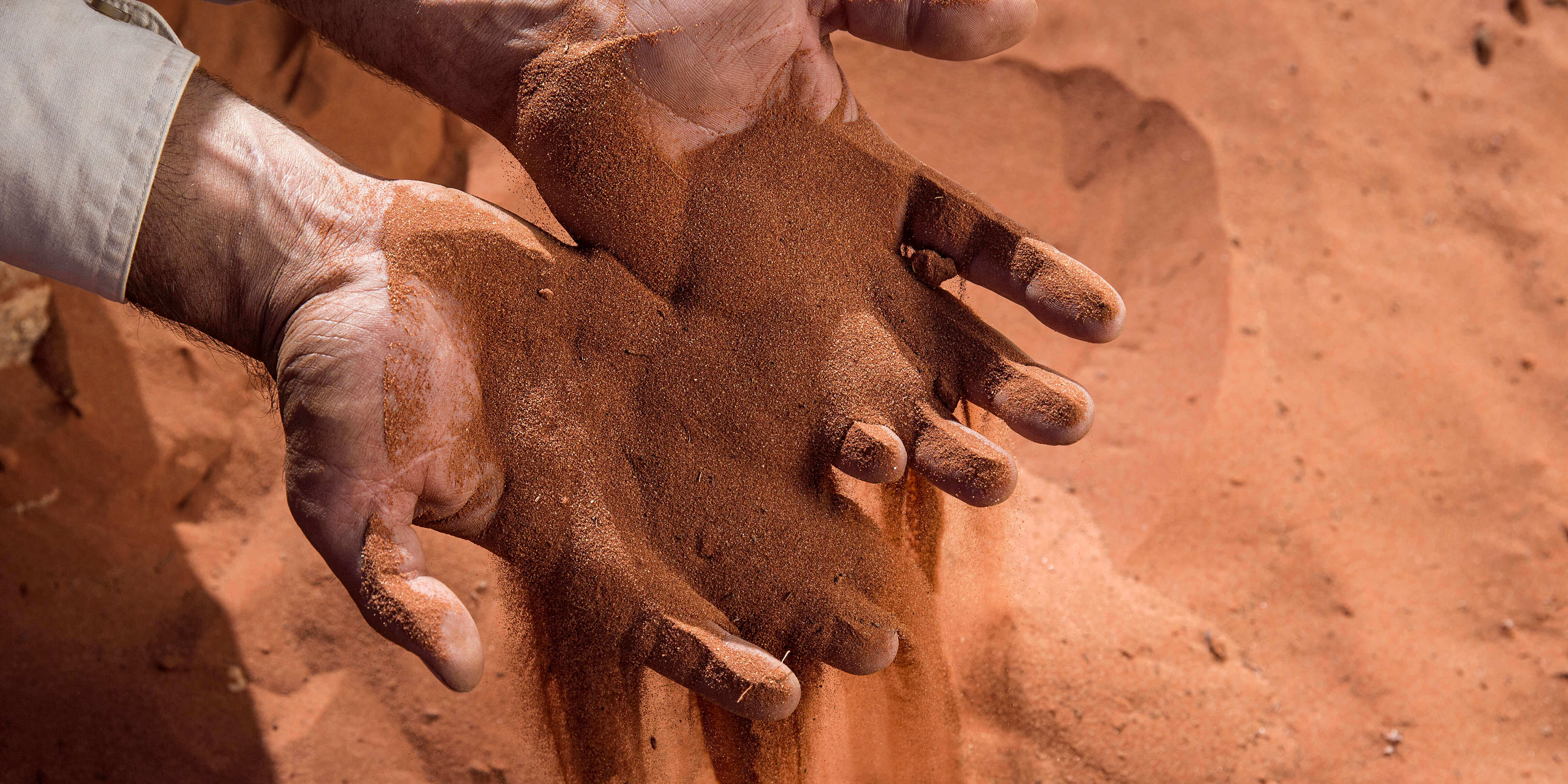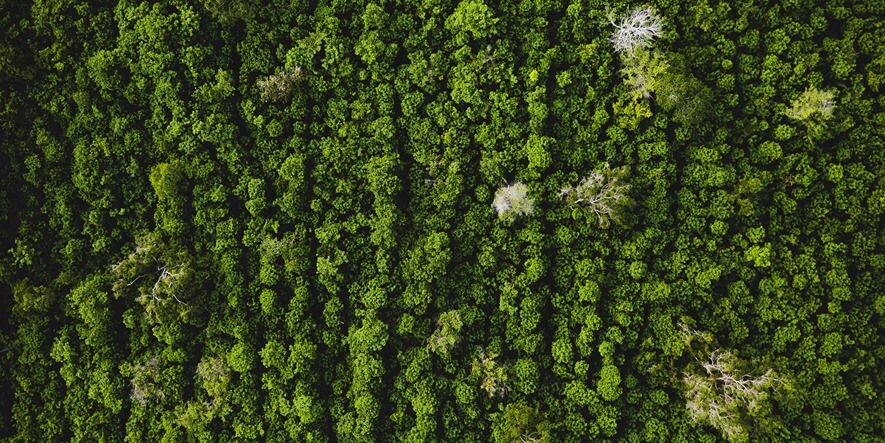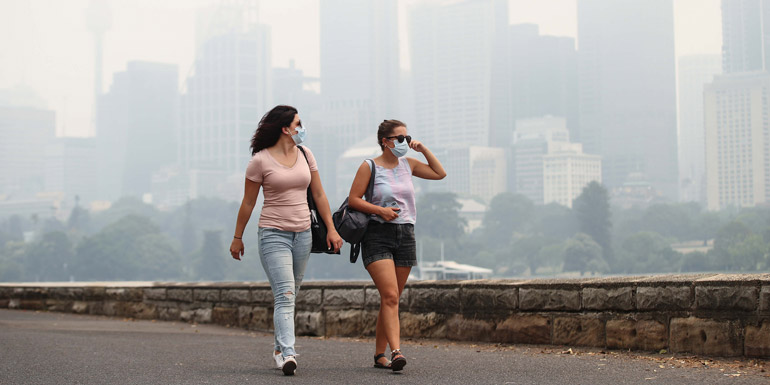07 April 2022
Human health issues, including mental health disorders, are arguably one of the lesser-known impacts of climate change. Increased frequency and intensity of storms and droughts, and the increased risk of bushfires due to our changing climate can all contribute to dramatic changes to our natural and built environment, with significant flow on effects to affected individuals and communities.
We don’t have to look farther than communities in northern NSW - impacted by two significant rainfall and flooding events in one month - to understand the toll that these extreme weather-related events have on local residents. Loss of homes and electricity, damage to properties and businesses as well as to places of cultural significance, has impacts on the health and wellbeing of individuals and the communities they’re embedded within. However, the full extent of this is still unclear.
Research undertaken in 2017, following devastating floods in the Northern Rivers caused by Ex-Tropical Cyclone Debbie, provides a window into these less visible impacts of climate change. The study examined rural mental health and wellbeing such as mood disorders, anxiety and distress following the floods. It illustrated that some populations such as those in receipt of income support and those identifying as Aboriginal and/or Torres Strait Islander were more at risk of being flooded, evacuated and displaced and to have worse mental health outcomes than other groups.
Broadly, the research found that those with high levels of informal social connectedness and feelings of belonging, fostered through community group or peer support activities, had better mental health outcomes. Dr Jo Longman, Senior Research Fellow of the University Centre for Rural Health Faculty of Medicine and Health at The University of Sydney says:
The research on mental health following the 2017 floods showed the catastrophic mental health effects of being displaced from home for more than 6 months. In the 2022 floods an estimated 15,000-25,000 residents are currently displaced which means a massive surge of mental health problems can be expected from these floods. The most important issue right now - to provide hope and restore a sense of safety - is to address the northern NSW housing crisis.
Led by scientists at the Human Health and Social Impacts Node (HHSI), this research sheds light on the need for mental health to be considered alongside other climate change impacts, and can guide where and when services and resources are needed most.
Complimenting this research, the on ground Increasing Resilience to Climate Change community grant project, ‘How On Earth’ by The Friends of Foresthaven Joyality Project and Byron Youth Theatre, sought to address eco-anxiety amongst youth.
Based on the NSW North Coast, this unique collaboration combined theatre and leadership workshops to explore the different ways young people are reacting to climate change and to transform feelings of indifference, anxiety or rage into connection and action. The project sought to support communities to develop practical disaster preparedness and recovery strategies with a focus on addressing the mental health impacts of climate change, and provided opportunities for social connection.
On this World Health Day 2022, we invite you to learn more about this interplay between human health and the environment.
Find out about other areas of research supported through HHSI.
Read our related case studies:
Climate change, mental health and wellbeing
How on Earth: helping young people overcome climate anxiety
The Human Health and Social Impacts Node is a partnership between the NSW Government’s Department of Planning and Environment, NSW Health and The University of Sydney.
The World Health Organisation has declared 7 April as World Health Day. It is celebrated annually, and each year draws attention to a specific health topic of concern to people all over the world. This year’s theme is ‘Our planet, our health’ and highlights the intrinsic connection of the land to our health and wellbeing.
Related news

Climate change is driving more frequent and intense heatwaves in NSW, posing risks to health, infrastructure, and the environment. The Greater Sydney Heat Smart City Plan aims to enhance heat resilience through collaborative efforts and adaptive strategies, ensuring a safer, cooler future for Sydney.

Listening to the voices of First Nations people can help us learn to live through climate change.

How to overcome our sense of eco-anxiety and reframe our relationship with the environment
